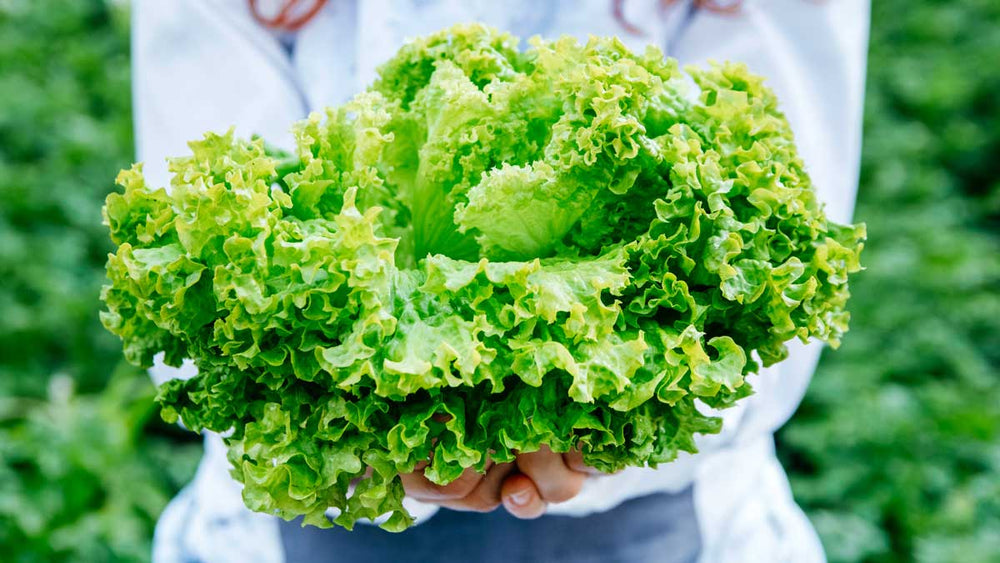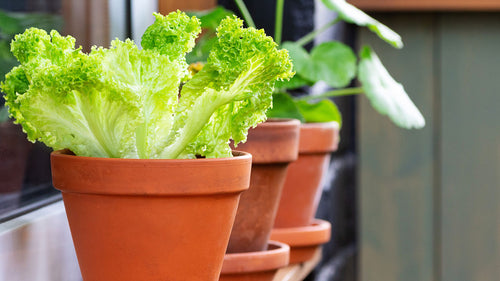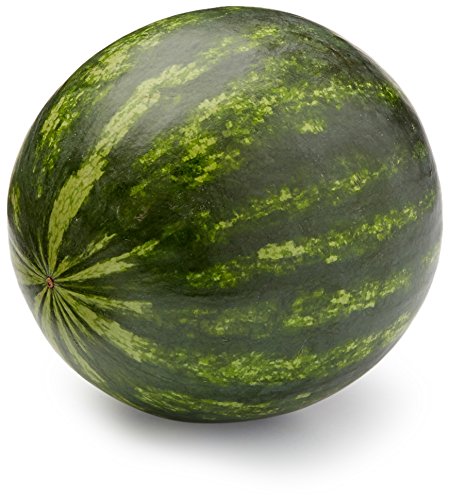
Maximize Your Garden's Fall Harvest: Nutrient-Rich Foods to Try
Published on Thursday, August 10, 2023 by Kelly VeltingA Guide to Bumper Crop Success: Growing Your Own Garden Treasures
One of the great joys of summer is perusing the farmer’s market and planning your meals based on what fruits and vegetables are in season. Spring is full of all kinds of sprouts and greens. Moving into summer, we start seeing strawberries and asparagus. When summer hits, it seems as if everything is available, including green beans, cucumber, tomatoes, beets, carrots, peppers, raspberries, and blueberries.
Fall harvest brings us pumpkins, squash, cauliflower, broccoli, potatoes, and so many more greens: kale, Swiss chard, spinach, collard greens, and many varieties of lettuce. If you’re lucky and the weather is just right, you might even see an abundance of produce that benefits from the warm days or cool days, the heavy rain or drought.
Are you working in your own garden rather than counting on the grocery store or farmer’s market?
You can manipulate your backyard garden to create a bumper crop of your own. If you’re not familiar with a bumper crop, think of the last time you planted ten tomato plants only to have so many tomatoes at harvest that you were begging your friends to take them off your hands. Some fruits and vegetables (like strawberries) commonly produce a meager harvest for the rooky gardener.
Potatoes & Tomatoes!
But some plants, like potatoes, can provide great rewards if you care for them properly. Well-fertilized soil and regular watering will produce several months’ worth of potatoes which store well in a cool dark corner of the basement. Potatoes are a great Low FODMAP food option you can serve up all year round.
Personally, I adore the versatility of a good tomato. You can create your own spaghetti or marinara sauce to avoid the extra sweeteners from store-bought processed brands. Marinara sauce can be served with bread, chicken, breakfast potatoes, homemade pesto, or turned into chili or soup. You can also pick your tomatoes at their tart green stage for a delicious fried green tomato appetizer.
To increase your tomato yield, be sure the plants have plenty of sunlight for at least eight hours a day, along with regular watering. To give your vines an extra boost, pinch off the flowers early, and you’ll have an endless supply for freezing, canning, and for friends. Try your hand at making fresh salsa, which is just as delicious canned as it is on the day you make it.
Watermelon
Watermelon is a sweet treat on late summer days. It’s easily puréed or frozen for popsicles, smoothies, and gazpacho. Cut up the meat of the watermelon and pass it out to friends and family. With well-amended soil formed into hills, watermelons will thrive. The hill provides the necessary drainage for the plant as well as support for its sprawling vines. Just like everything else in the garden, watermelon needs to be watered on a regular basis.
And, yes, you can eat the rind of a watermelon. For a little extra fiber, add the rind to your morning smoothie. Or pickle it and add it to your charcuterie board to impress your guests. If the pickling is a bit too sour, you can also candy the rind. Try using pure cane sugar or maple syrup for the sweetener for better IBS tolerance. Honey and corn syrup, while easy to get, are often not tolerated by IBS sufferers.
Watermelon is sometimes not tolerated well by people suffering from IBS symptoms due to its high fructose content; however, watermelon has so many health benefits, containing important antioxidants such as vitamin C and lycopene.
Kale
I have written to you about the many ways to improve a good salad. Well, the fall harvest brings us even more options for greens. Did you know kale doesn’t have to be tough?! We commonly see Winterbor (or curly) kale in supermarkets and grocery stores. This is a hardy and tough vegetable that withstands cooking as well as some rough handling.
I like to pull off the rinsed leaves, tear them into a big bowl and massage my salad dressing right into the leaves. How long should you massage the leaves? Keep going until your forearms “shout” at you. You may ask why the heck we want to eat this stuff if it requires “pre-chewing” before we even put it on the table. For our health, of course! Our bodies benefit from all kale has to offer.
From my experience reviewing daily food journals, Americans DO NOT eat enough fiber.
Fiber helps us feel full longer and keeps our bowels moving well. Kale is a good source of dietary fiber and provides at least 4g of protein in a serving. It’s easy to grow and cheap to purchase. That sounds like a vegetable worth trying! But the curly, Winterbor kale isn’t the only type available. I was introduced to Madeley kale this year when visiting my brother-in-law’s spectacular home garden.
Madeley kale is softer and doesn’t require as much prep because it has a tender texture, even in mature plants. If you don’t have strong forearms or don’t want to work as hard for your dinner, try the softer Madeley kale in your garden. You can also buy varieties of “baby” kale in grocery stores, which also have a softer texture. This softer kale can be added to a sandwich or torn bite-size for a quick tossed salad.
From potatoes to kale, fall harvest provides some great options to fill your plate with nutrient-rich vegetables and fruits.
- High and low Fodmap Foods. FODMAP food list | Monash FODMAP - Monash Fodmap. (n.d.). http://www.monashfodmap.com/about-fodmap-and-ibs/high-and-low-fodmap-foods/
Leave a comment on this article:
-
Kelly Velting
RDN

Beyond Boring Greens: Tips to Jazz Up Your Salad Game

4 Hidden Benefits of Growing Your Own Veggies

Strawberry Sesame Salad
RECIPE INSIDE
Gluten-Free Strawberry Cream Cheese Shortbread Bars
RECIPE INSIDE
Introducing Solid Foods to Babies with Reflux: A Safe and Smooth Journey

7 Reflux-Friendly Snacks With Zero WW Points





